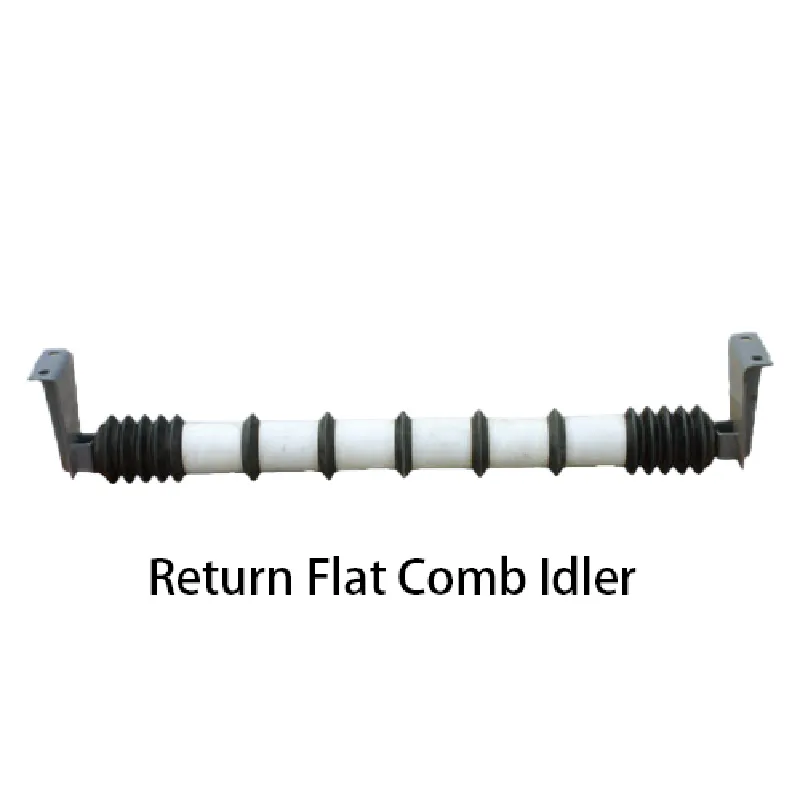 Afrikaans
Afrikaans  Albanian
Albanian  Amharic
Amharic  Arabic
Arabic  Armenian
Armenian  Azerbaijani
Azerbaijani  Basque
Basque  Belarusian
Belarusian  Bengali
Bengali  Bosnian
Bosnian  Bulgarian
Bulgarian  Catalan
Catalan  Cebuano
Cebuano  Corsican
Corsican  Croatian
Croatian  Czech
Czech  Danish
Danish  Dutch
Dutch  English
English  Esperanto
Esperanto  Estonian
Estonian  Finnish
Finnish  French
French  Frisian
Frisian  Galician
Galician  Georgian
Georgian  German
German  Greek
Greek  Gujarati
Gujarati  Haitian Creole
Haitian Creole  hausa
hausa  hawaiian
hawaiian  Hebrew
Hebrew  Hindi
Hindi  Miao
Miao  Hungarian
Hungarian  Icelandic
Icelandic  igbo
igbo  Indonesian
Indonesian  irish
irish  Italian
Italian  Japanese
Japanese  Javanese
Javanese  Kannada
Kannada  kazakh
kazakh  Khmer
Khmer  Rwandese
Rwandese  Korean
Korean  Kurdish
Kurdish  Kyrgyz
Kyrgyz  Lao
Lao  Latin
Latin  Latvian
Latvian  Lithuanian
Lithuanian  Luxembourgish
Luxembourgish  Macedonian
Macedonian  Malgashi
Malgashi  Malay
Malay  Malayalam
Malayalam  Maltese
Maltese  Maori
Maori  Marathi
Marathi  Mongolian
Mongolian  Myanmar
Myanmar  Nepali
Nepali  Norwegian
Norwegian  Norwegian
Norwegian  Occitan
Occitan  Pashto
Pashto  Persian
Persian  Polish
Polish  Portuguese
Portuguese  Punjabi
Punjabi  Romanian
Romanian  Russian
Russian  Samoan
Samoan  Scottish Gaelic
Scottish Gaelic  Serbian
Serbian  Sesotho
Sesotho  Shona
Shona  Sindhi
Sindhi  Sinhala
Sinhala  Slovak
Slovak  Slovenian
Slovenian  Somali
Somali  Spanish
Spanish  Sundanese
Sundanese  Swahili
Swahili  Swedish
Swedish  Tagalog
Tagalog  Tajik
Tajik  Tamil
Tamil  Tatar
Tatar  Telugu
Telugu  Thai
Thai  Turkish
Turkish  Turkmen
Turkmen  Ukrainian
Ukrainian  Urdu
Urdu  Uighur
Uighur  Uzbek
Uzbek  Vietnamese
Vietnamese  Welsh
Welsh  Bantu
Bantu  Yiddish
Yiddish  Yoruba
Yoruba  Zulu
Zulu Spiral Return Roller for Enhanced Conveyor System Efficiency and Durability
Understanding Spiral Return Rollers A Comprehensive Overview
In various industrial applications, the need for efficient material handling systems has led to the development and utilization of specialized components. Among these, the spiral return roller stands out as a critical element in conveyor systems. This article aims to delve into the functionality, design features, applications, and advantages of spiral return rollers.
What is a Spiral Return Roller?
A spiral return roller is a cylindrical component used in conveyor belts to support the return side of the belt as it cycles back to the loading point after discharging its cargo. Unlike traditional return rollers, which are typically flat or somewhat cylindrical, spiral return rollers feature a helical or spiral ridge that offers enhanced tracking and support for the belt.
Design Features
The design of spiral return rollers incorporates several important features that contribute to their effectiveness
1. Helical Surface The spiral or helical design allows for better alignment and tracking of the conveyor belt. This minimizes the likelihood of misalignment, which can lead to wear and tear on both the belt and the roller.
2. Material Composition Spiral return rollers are commonly made from durable materials such as steel or polyurethane. These materials provide resistance against abrasion and offer longevity, even in harsh operational environments.
3. Bearing Mechanism The smooth rotation of the roller is facilitated by high-quality bearings. The enhanced bearing design reduces friction, ultimately leading to increased energy efficiency in mechanical operations.
4. Variable Sizes Spiral return rollers come in various sizes and diameters, catering to different conveyor belt widths and load capacities. This versatility enables them to fit a wide array of industrial applications.
Applications
Spiral return rollers are primarily used in industries where conveyor belts are essential, including
spiral return roller

- Mining In the mining industry, these rollers are crucial for transporting ores and minerals. Their robust design withstands the heavy load and harsh environmental conditions characteristic of mining operations.
- Manufacturing Manufacturing plants use spiral return rollers in conveyor systems for moving components in assembly lines, ensuring efficient and seamless operations.
- Logistics and Distribution In warehouses and distribution centers, spiral return rollers are integral to the movement of goods, enhancing efficiency in sorting and packing processes.
- Food Processing In the food industry, the rollers must adhere to strict hygiene standards. The materials used in spiral return rollers can be selected to meet these requirements, ensuring that they are both effective and compliant.
Advantages of Spiral Return Rollers
1. Enhanced Tracking The spiral design promotes better tracking of the conveyor belt, reducing the risk of misalignment and subsequent belt damage.
2. Reduced Maintenance The durability and efficient bearing mechanism of spiral return rollers lead to lower maintenance requirements, allowing for longer operational periods without the need for frequent replacements.
3. Improved Load Distribution The helical surface aids in distribution of the load across the roller's surface, which minimizes the risk of overloading or uneven wear patterns.
4. Energy Efficiency By reducing friction and ensuring smooth operations, spiral return rollers can contribute to lower energy consumption in conveyor systems.
5. Versatility Their adaptability in size and material composition makes spiral return rollers suitable for a wide range of industries and applications.
Conclusion
Spiral return rollers play an indispensable role in enhancing the efficiency and reliability of conveyor systems across various industries. Their unique design features, coupled with their numerous advantages, make them a preferred choice for operators seeking to optimize material handling processes. As industries continue to evolve and demand more efficient solutions, the spiral return roller is likely to remain a vital component in the logistics of material movement. Understanding and leveraging the capabilities of these rollers can lead to improved operational efficiency and long-term cost savings.
-
Trusted Conveyor Solutions from Leading Conveyor Idler Roller ManufacturersNewsJun.27,2025
-
Reliable Return Idler Solutions for Efficient Belt Conveyor SystemsNewsJun.27,2025
-
Precision Conveyor Accessories for Streamlined Material HandlingNewsJun.27,2025
-
High-Quality Belt Conveyor Idler Solutions for Efficient Material HandlingNewsJun.27,2025
-
High-Performance Belt Conveyor Pulleys for Reliable Material HandlingNewsJun.27,2025
-
Enhancing Material Handling EfficiencyNewsJun.27,2025





























